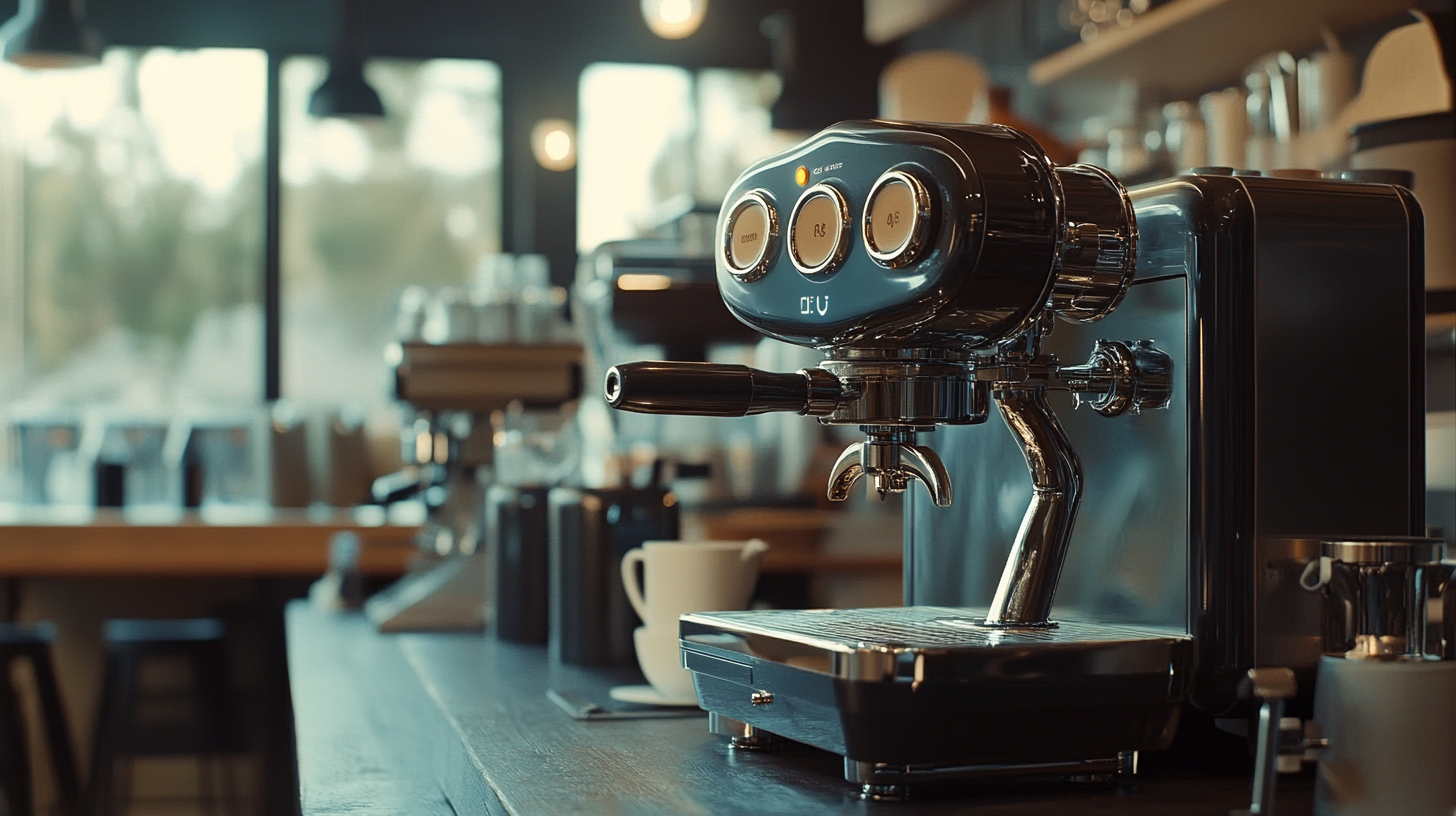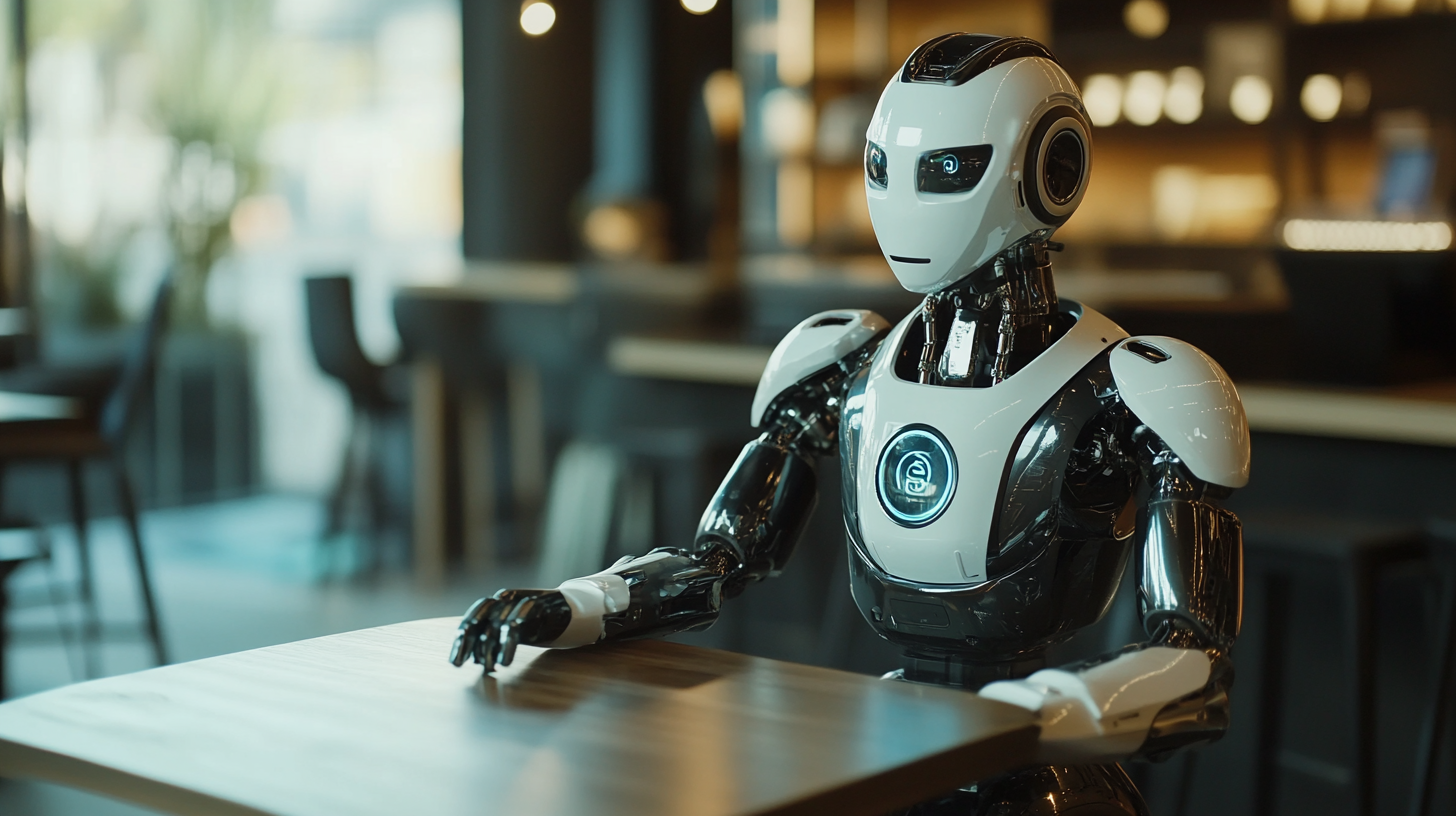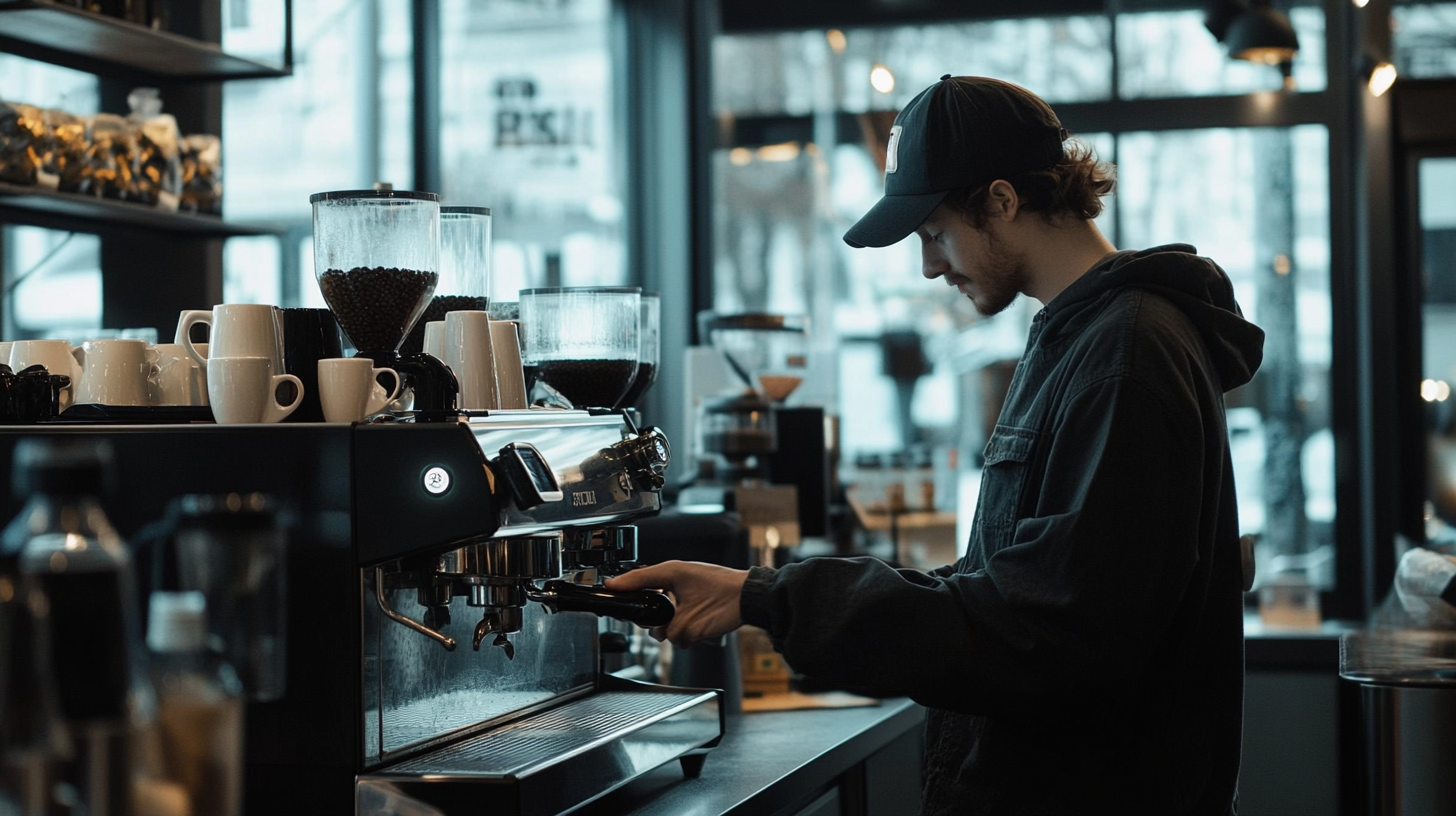Innovative Coffee Robot Solutions and Challenges in Streamlining Café Operations
Café culture has changed over the last couple of years because of recent technologies that enable operational efficiency and improve customer satisfaction. The arrival of the Coffee Robot has marked a major swing away from traditional preparation and serving methods cleanly and efficiently. Coffee-making robots work on the premises that they could maintain more consistency and accuracy since most of the coffee-making tasks will be automated, hence relieving the baristas of some pressure during busy times. Many business owners faced with the competitive environment of the café require the consideration of integrating Coffee Robot solutions into their operations.
However, the path is not so easy, with many difficulties cropping up along the way to a complete embrace of the Coffee Robots. While these semiautomatic and fully automatic coffee-making systems do come with significant advantages, the challenges of setting them up and maintaining them, as well as ensuring that the personnel learn to work with the machines, weigh in heavily. Also, the human barista brings a certain element to the café experience that technology cannot replace. This blog will analyze the innovative ways in which Coffee Robots can solve various problems and at the same time offer a discussion on some of the challenges facing café owners that would prevent them from fully optimizing their operations for a seamless and enjoyable coffee experience.

Overview of the Coffee Robot Market: Current Trends and Projections
Major transformations are being experienced in the market of coffee robots. Technology advances drive the turning course. The market continuously accommodates consumer preferences. Speed in serving high-quality brews has led most cafes to robotic innovations. More than just trends, the transformation is that which has a fundamental change in service toward the customer as well as in efficiency in operations. Artificial intelligence and machine learning are current trends in the field of coffee robot markets. In addition to these two features, the machines will be able to analyze customer preferences upon which the brewing process would be optimized and real-time inventory managed. Investing is not only in machinery; but in systems that enhance the customer experience altogether in cafes. Last but not least, with contactless services courtesy of a pandemic that has turned the world upside down, such trends would spur the adoption of such robotic solutions further towards safer interactions in cafes. Few projections forecast the coffee-robot market as being solidly growing in the years to come, drawing more interest even from chains to simple independent operators. With emerging technologies, a range of features should suffice in the future-from customized drink advice to the automation of the entire workflow in cafes. It is full of opportunities and threats. The opportunity would be the promise of high efficiency and lower costs through automation. However, threats include the initial investment, maintenance-a fine balance between automation and the human touch within the café atmosphere.

Enhancing Operational Efficiency: How Robots are Redefining Café Service
This is an industry where everything is fast-paced, and the transition into serving customers through innovative coffee robots is moving fast as well. A report recently published by the National Coffee Association noted that almost 60% of consumers were indeed open to automated barista service, indicating there is growing acceptance for this class of technology in an industry that has always had a level of human craftsmanship in its tasks. These coffee robots ensure uniformity in beverage making and, in addition, better the efficiency of operations by performing multiple tasks from brewing to serving and even helping to take orders.
Robots Flippy and Cafe X have shown an impressive aptitude for fulfilling intricate coffee orders with speed and precision. According to an industry analysis by IBISWorld for the year 2022, the robotic barista market is likely to grow by more than 25% within five years due to increasing labor costs and a shortage of skilled workers. With automation, cafés can minimize wait times while allowing their human staff to engage on a personal level and entertain customers rather than perform repetitive tasks.
These robots can also gather customer data for inventory management and can readjust recipes based on trends, allowing cafés to swiftly adapt to changing customer preferences. The more we develop technology, the more it will become evident as to how robots will redefine café service into an efficient customer-based experience.

Cost-Benefit Analysis: Investment in Coffee Robots vs. Traditional Staffing
Considering the changes in the coffee industry, decision making between investing in newly invented coffee robots or traditional options will begin to come to café owners' minds. It is further developed by recent industry reports that forecast an annual compound growth rate of 25% for the global coffee robot market, reaching an estimated value of about $1.5 billion by the year 2026. That development is proof of an increasing path toward automation for productivity and efficiency in cafes.
Cost-benefit analysis shows the essence and strong areas for the integration of coffee robots. Initial investments may range from $10,000 to $50,000 depending on the sophistication of technology, but labor expenditure will be reduced significantly. The National Coffee Association states that nearly 30% of operating expenses in food services are spent on labor. This shortens dramatically the coffee-preparation staffing necessary for cafés, leaving room for the rest to focus on customer service and add value in other ways.
Coffee robots also ensure a consistently high quality that customers expect over time. For instance, according to the Specialty Coffee Association study, 60% of coffee drinkers find consistency more important for their drinks. Cafes can thus increase customer loyalty and probably boost a sales increase of 20% by selling the same product at a premium quality every time. Traditional staffing may be more flexible, but precision and efficiency presented by coffee robots are good arguments for modernization in a café.

Challenges of Implementing Coffee Robotics: Technical and Operational Barriers
The increasing deployment of coffee robots is a very promising but daunting proposition to the operations of cafes. The market of robotic coffee solutions is set to grow phenomenally in light of rising consumer demands for efficiency and novelty. The successful deployment, however, run into some technical and operational barriers that are many and varied.
The most important challenge lies in the integration of robotic systems with prior workflow of cafes. Old-style brewing is used by most cafes and turning around something that is anchored in belief is not so easily palatable to the staff and customers. The second major HIPPO factor in robotic technology involves the complex design and workings of the robotics, especially those involving multi-tasking using artificial intelligence. Even well-versed employees would require massive training. For example, the typical rapid rosy trail of Chinese robotics development companies signifies what nearly 200 million dollars put into investment within four months can do: amazing machines that simply know how to work with and handle everything. However, the constant repair and upgrading could be heavy on the low-margined actors within this area-café operators.
With coffee robotics, operational barriers are equally important. This is primarily due to the general need to modify these technologies to meet customer needs-for example, casual consumers, hobbyists, and purists-and presents logistical challenges. Behavioral segmentation, such as being frequent visitors to the café or participating in a loyalty program, is critical for maximizing success with robotic systems. However, while the appeal of these self-service kiosks appeals to access, it cannot quite substitute for the very personal service those customers really crave within their café experience. Finding that balance between automating actions for a café with some personal touch is going to be key in building a successful strategy for these cafes in this rapidly changing market environment.
Future Innovations in Coffee Robotics: What to Expect in the Next Decade
The role of robotics in enhancing café operations is towards rising as the changes in the coffee industry continue to take shapes. According to the report published by Mordor Intelligence, the market for global coffee robotics is expected to burgeon by 2026 with an estimated value of about $2.5 billion due to the quest for efficiency and consistency in preparing artisanal coffee. Within a decade, the world will witness the advent of the revolutionary automated coffee-making technology able to imitate barista-like skills in precision through incorporating high-grade AI technology.
One of the most exhilarating novelties in store is completely automatic coffee brewing systems embedded with machine learning. Such systems could learn customer preferences and adapt brewing parameters instantly for personalizing the service to the tastes of every patron. According to a research carried out by the National Coffee Association, 79% of coffee drinkers like theirs created for them, which shows the demand for demand creations by cafes. Besides this, robotics would avail this service at the same time streamline operations, cut down on waiting time, and reduce human errors.
Furthermore, it is in such conditions that increase in focus on sustainability makes for the possible future of coffee robots-a cleaner condition in all the ways through which these robots will be programmed to be environmentally friendly. Smart technologies can also monitor the use of natural resources so that less water and energy is spent. Innovations as indicated by the Specialty Coffee Association may cut operational costs in coffee shops, up to 30%. In entering into this new world, there will certainly be innovations with coffee robotics, thus having the usual efficiency with a touch of culture in brewing and enjoying coffee.